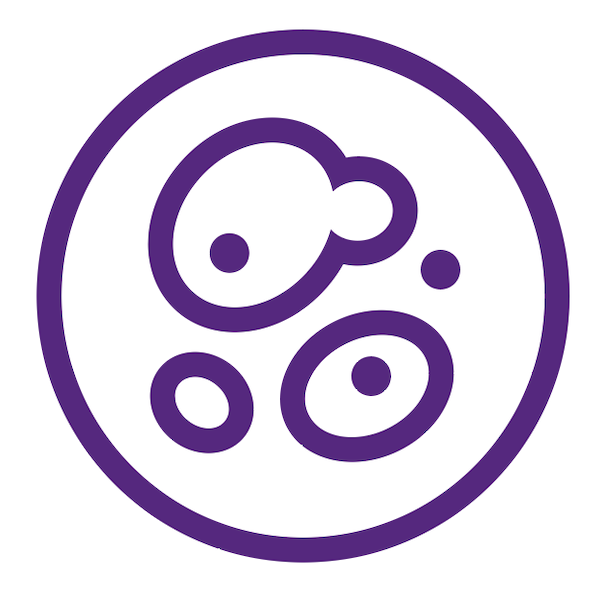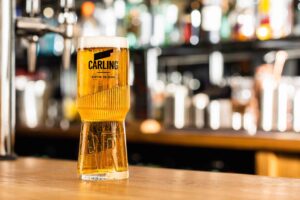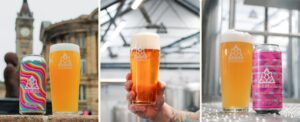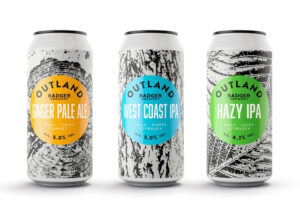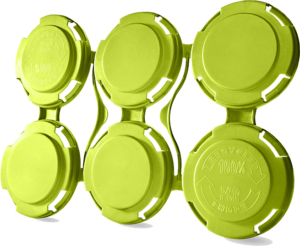Way back in the January of 2020, I wrote in the brewers journal about grasping the opportunity that low and no alcohol beer represented. back then, craft brewers in the UK were just starting to dip their toes into the market. this new article should stand as an update on the current state of this market, as well as a discussion of the current technical innovations driving the growth in these products.
So how does the current market look when compared to previous years? Back in 2019, low and no alcohol beer production accounted for $16.65 billion of global revenue. Fast forward to 2023 and that figure has grown to $20.16 billion, and growth is expected to continue at a CAGR of 9.3%, reaching 28.79 billion by 20271,2.
At a more local level, this growth varies significantly by geography. The key markets in Europe for low and no alcohol beer consumption remain the mature markets of Spain and Germany. However, these countries which have traditionally been large consumers of low alcohol beer have significantly lower growth rates than the emerging markets of the USA and the UK. In 2021, Germany and Spain clocked volume growth of just 2%, verses an expected CAGR of 28% and 6% up until the year 2025 in the USA and UK3.
In the last few years we have seen several entrants to these growth markets from the larger brewers. These include Guinness 0.0 from Diageo, Lost AF from Brewdog and Carlsberg 0.0%. Several smaller breweries that only produce low alcohol beer are driving trends in these markets, notable examples include Athletic Brewing in the USA, and Mash Gang, Big Drop and Infinite Session in the UK.
The drivers for the growth in this market have not changed, with the number one reason for consumers limiting their consumption of alcoholic beverages being to improve health outcomes, as well as to save money4.
TECHNOLOGY
Key technologies are driving innovation in the production of low alcohol beers. While the methods for producing these beers have not changed greatly since
I previously wrote about this subject, better solutions are emerging from both avenues which are commonly used to manufacture these products. When taking the alcohol removal route, reverse osmosis appears to be the technology leading the market.
Here the benefits of lower temperature operation impart an advantage over distillation methods with regard to the final product quality. Reduced costs and modular options, allowing for flexible scalability have further lowered the barrier to entry. New fermentation based solutions are also emerging.
These have fewer energy inputs than alcohol removal technologies, lowering the cost of production and negating the need for capital expenditure. At CBC in May, Lallemand launched their new LalBrew® LoNaTM strain. This strain has considerable advantages over previous strains used for the production of low alcohol beer.
The breeding technique used to produce the strain introduces genetic material from a true brewing yeast. This gives the strain a genuine brewing pedigree when compared to other strains which are exclusively derived from environmental sources, and not well suited to a brewery setting.
Improvements seen when using this strain include a greater ability to reduce aldehydes, chemicals which cause the sweet and worty flavour in low alcohol beer, as well as an inability to produce the POF and H2S off flavours, which are commonly associated with yeasts used to produce low alcohol beer.
Looking beyond the technologies used for producing the beers themselves, one area which seems likely to expand in scope over the coming years is the application of flavour enhancers to improve the flavour of low alcohol beer.
Already there are products available from companies such as Totally Natural Solutions which are specifically designed for use in low alcohol beer. The desire to maintain clean labelling means that ingredients derived from common beer ingredients are preferred over synthetic additions. Lallemand already creates yeast based products like this for use in the wine industry, and an expansion of these solutions into the sphere of beer is something we may explore further.
A final point, and perhaps the one most likely to cause issues for the craft brewer, is the need for microbiological stability in low and no alcohol products. At present, tunnel pasteurisation is the gold standard technology for the pasteurisation of these beers.
This is a barrier to entry for many, as acquiring a tunnel pasteuriser is both costly and space intensive. It is
my hope that we will see better craft options appearing here as well as other technologies suited to the task. Brewers would be well advised, if they cannot pasteurise themselves, to consider contract packaging as an option.
FINAL THOUGHTS
As the low and no alcohol beer market continues to grow, we will see further innovations in both the consumer and technological space which will continue to improve the low and now alcohol offering available to the drinker.
The trend for healthier living and wellness is not going away, meaning that this sector is likely to grow for many years to come. With the growth in this market, microbiological stability and food safety regulation may well increase. To minimise this possibility, brewers should adopt high standards and pasteurise wherever possible.
REFERENCES
https://www.forbes.com/sites/ katedingwall/2022/02/28/as-the-non- alcoholic-category-continues-to-grow- boozefree-beer-will-be-the-space-to- watch/?sh=22ea60686d5d
https://www.researchandmarkets. com/reports/5744216/non-alcoholic-beer-global-market-report
https://www.theiwsr.com/no-and-low- alcohol-in-key-global-markets-reaches- almost-us10-billion-in-value/
https://www.lallemandbrewing.com/ en/united-states/lona/
ABOUT THE AUTHOR
Andrew Paterson has been in the brewing industry for over 10 years. With a background in biochemistry and a masters degree in Brewing and Distilling, he joined Lallemand as a technical sales advisor in 2018. Prior to joining Lallemand, Andrew worked at craft pioneers Brewdog, before joining Darkstar as the Head Brewer. He now covers the UK and Scandinavian markets, supporting breweries in the use of Lallemand products.

